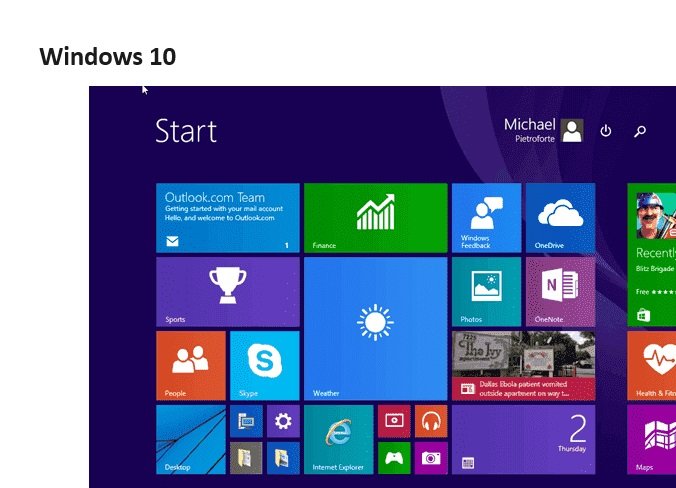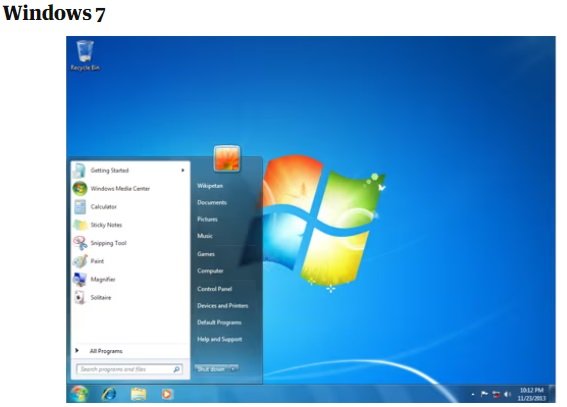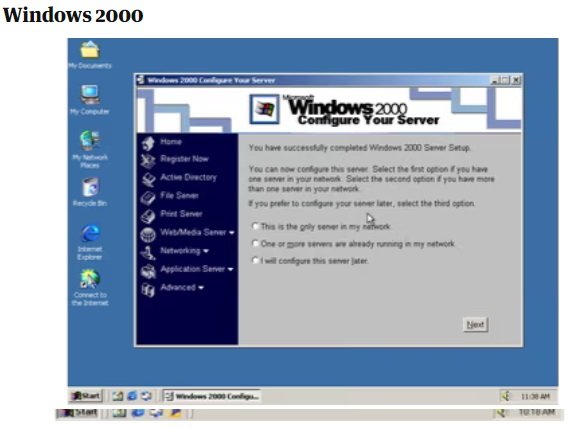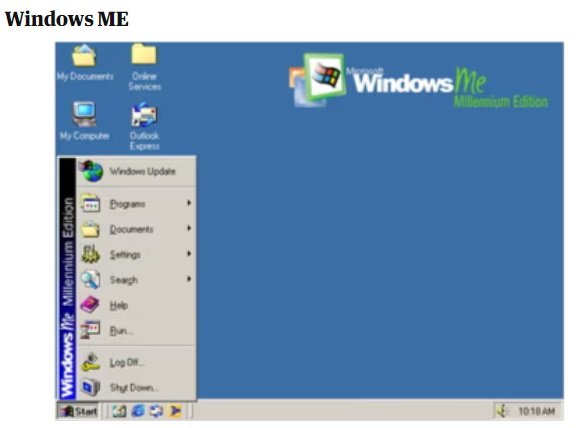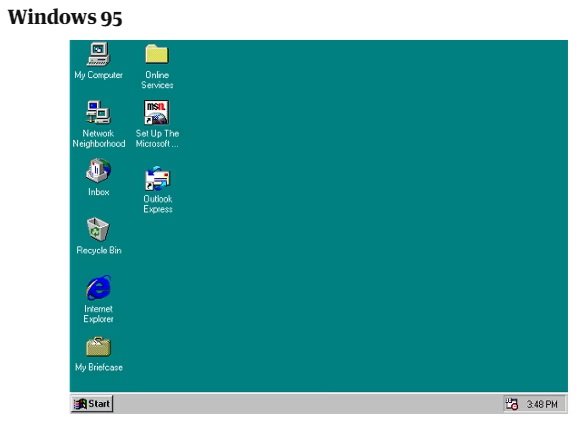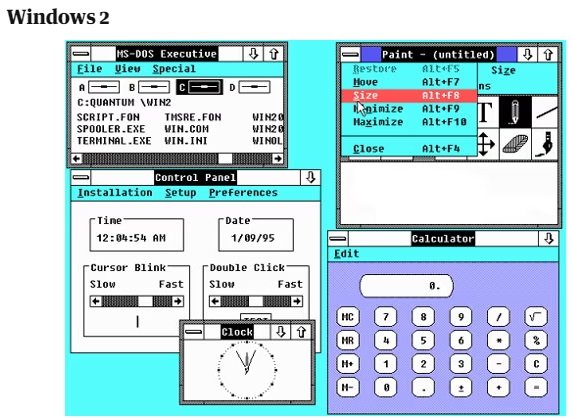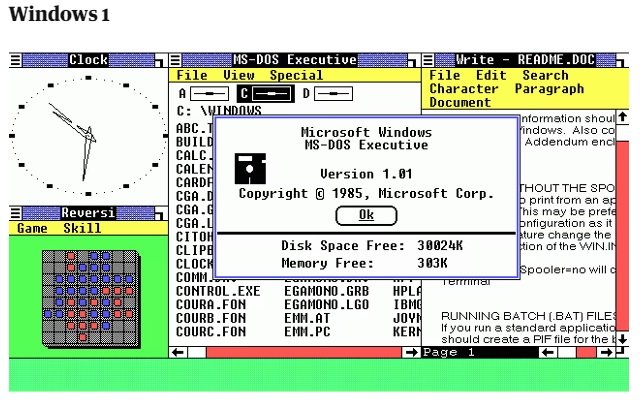The Ever-Evolving Nature of Software: Why It's Never Truly "Done"
/The idea that a software product is ever truly "done" is a misconception. Software development is an iterative process that involves continuous improvements, fueled by a variety of factors such as user feedback, emerging requirements, bug fixes, innovations, and regular updates.
Microsoft Windows is a classic example of a software product that has evolved continuously over the years. From Windows 95 to Windows 10 and beyond, each new version brings not only aesthetic changes but also improved performance, security features, and compatibility with the latest hardware. Regular updates address vulnerabilities, introduce new functionalities and ensure that the operating system remains a reliable choice for users worldwide.
In this blog post, we'll explore why the journey of software development is a perpetual one, highlighting the importance of adaptability and responsiveness in the ever-evolving landscape of technology.
1. User Feedback Drives Evolution:
User feedback is the lifeblood of any successful software product. As users interact with the software, they provide invaluable insights into its strengths and weaknesses. These insights become a catalyst for continuous improvement. Whether it's identifying user pain points, addressing feature requests, or fixing unforeseen issues, incorporating user feedback ensures that the software aligns more closely with the needs and expectations of its audience.
2. Adapting to New Requirements:
As technology advances, so do the requirements placed upon software. Whether it's the need for enhanced security measures, improved performance, or compatibility with the latest devices and operating systems, software must evolve to stay relevant. The dynamic nature of the digital landscape means that what was cutting-edge yesterday may be outdated tomorrow. Software developers must remain vigilant, ready to adapt and integrate new requirements seamlessly into the existing product.
3. Bug Fixes: A Continuous Quest for Perfection:
No software product is immune to bugs. Despite rigorous testing during development, real-world usage often uncovers unexpected issues. Bug fixes are an ongoing necessity to ensure a smooth and reliable user experience. Addressing bugs promptly not only improves the software's functionality but also demonstrates a commitment to quality and user satisfaction.
4. Embracing Innovation:
Innovation is a driving force behind the evolution of software. Whether it's incorporating new technologies, adopting industry best practices, or reimagining existing features, staying innovative is key to staying competitive. Software that fails to innovate risks becoming obsolete, overshadowed by more forward-thinking alternatives. Embracing innovation keeps a product fresh, enticing users with new and exciting capabilities.
5. Regular Updates for Longevity:
Regular software updates serve multiple purposes. They not only introduce new features and improvements but also serve as a means to address security vulnerabilities and ensure compatibility with the latest hardware and software environments. A regularly updated software product signals to users that the development team is actively engaged, fostering trust and confidence.
The notion that a software product reaches a final state of completion is a relic of the past. In the dynamic and ever-evolving world of technology, software is a living entity that requires constant attention and adaptation. User feedback, emerging requirements, bug fixes, innovation, and regular updates are the driving forces behind the perpetual evolution of software. Embracing this reality ensures that software remains relevant, reliable, and capable of meeting the ever-changing needs of its users. In the realm of software development, the journey is never truly over; it's a continuous quest for excellence and responsiveness.


